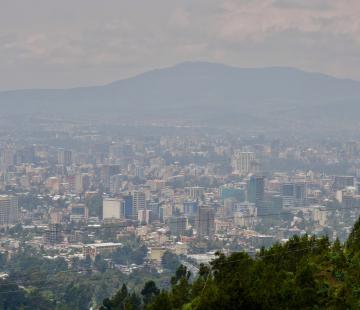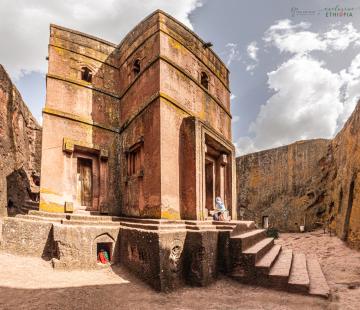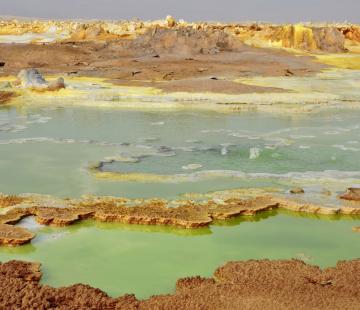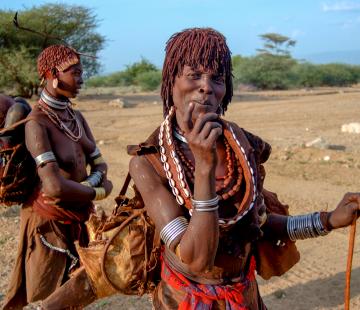Addis Ababa is the capital of Ethiopia, the country’s largest city, and site of the headquarters of the African Union. Highlights include Entoto Mountain on which stands the Palace of Menelik II, the National Museum, the Ethnographic Museum, Trinity Cathedral, St George Cathedral, Merkato and the Piazza.
Addis and Surroundings
Addis Ababa, or ‘new flower’ in Amharic, was founded in 1886 by Emperor Menekik II with the encouragement of his wife, the Empress Taitu Betul, and remains the centre of government today. The city was occupied by the Italians from 1936 until 1941. In 1963, Emperor Haile Selassie helped form the Organisation of African Unity, headquartered in Addis, which was dissolved in 2002 and replaced by the African Union. Entoto Mountain, the highest peak overlooking...(continue)



